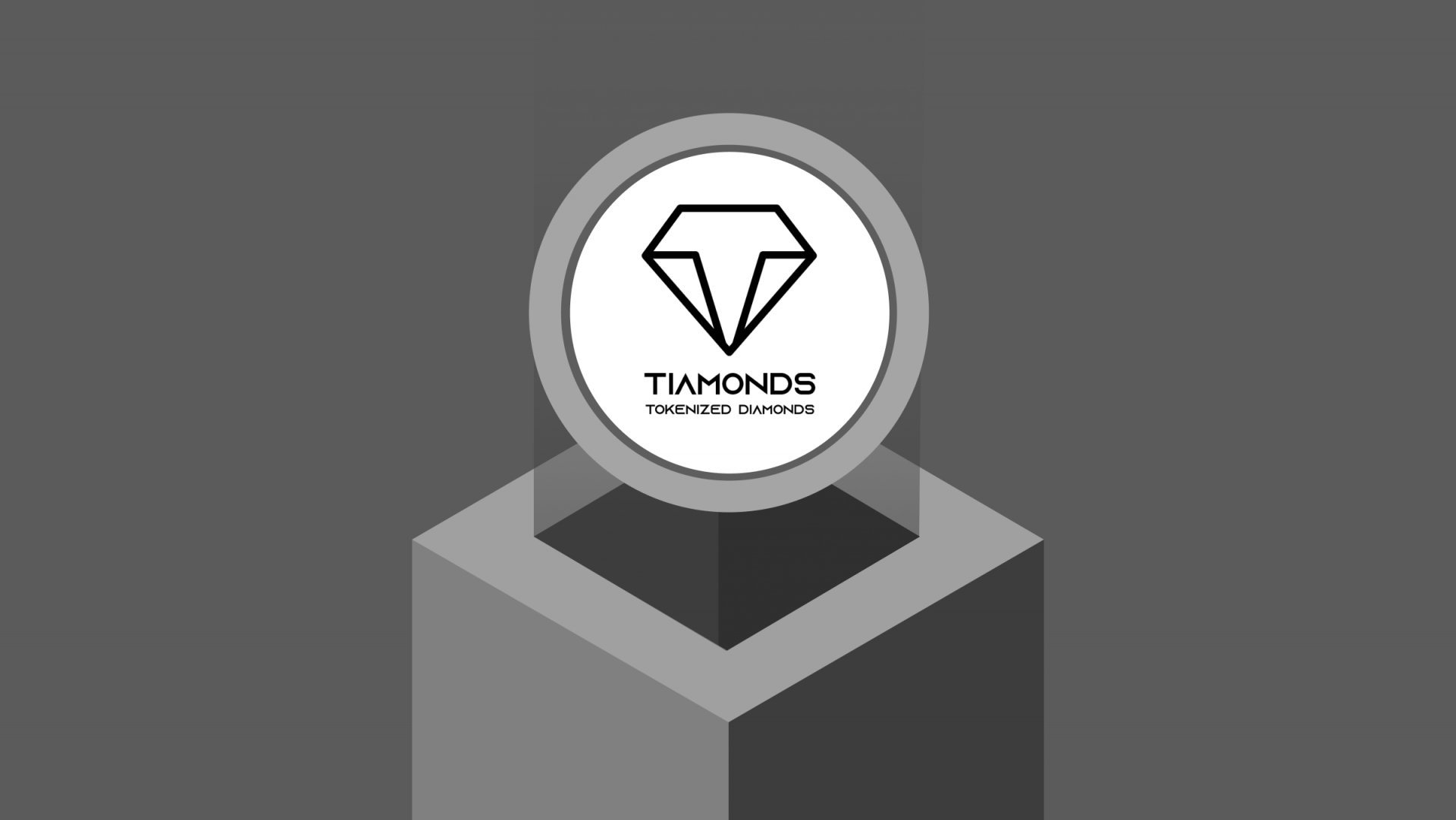
Tía Tô Sushiway
1. INTRODUCTION. Each year, ≈795 000 individuals in the United States experience a stroke, of which 87% (690 000) are ischemic and 185 000 are recurrent. 1 Approximately 240 000 individuals experience a transient ischemic attack (TIA) each year. 2 The risk of recurrent stroke or TIA is high but can be mitigated with appropriate secondary stroke prevention.

Collection of Frases De Tia A Sobrina Pin En My Inspiration, Pin By Mirita On Tia Happy
making dietary changes, such as reducing your intake of saturated fats and trans fats, increasing your fiber intake, and eating more fruits and vegetables. exercising for at least 30 minutes most.

Se celebra el Día de la Tía Cadena Nueve Diario Digital
Transient Ischemic Attack (TIA) A transient ischemic attack, or TIA, is a temporary blockage of blood flow to the brain. The clot usually dissolves on its own or gets dislodged, and the symptoms usually last less than five minutes. While a TIA doesn't cause permanent damage, it's a "warning stroke" signaling a possible full-blown stroke.

Guión Pegajoso Generosidad poemas de amor para tias En Solo haz habilidad
A transient ischemic attack is a temporary change in nerve function due to disrupted blood flow. It may affect speech, vision, or movement for a short time, and is considered a warning sign for a stroke. Some symptoms of a TIA may go unnoticed, so knowing all the signs could help you recognize a risk factor for an imminent stroke.

Tiamonds has been listed on P2B Crypto news 2022 cryptocurrency exchange P2B
Causes. A TIA has the same origins as that of an ischemic stroke, the most common type of stroke. In an ischemic stroke, a clot blocks the blood supply to part of the brain. In a TIA, unlike a stroke, the blockage is brief, and there is no permanent damage.. The underlying cause of a TIA often is a buildup of cholesterol-containing fatty deposits called plaques (atherosclerosis) in an artery.

HÚT MẬT TÍA Ô Chim Cảnh A Lầu
TIA Treatment. There are many ways to lower your risk of a stroke after a TIA. Your doctor will decide which is a best for you, based on your TIA type, cause, location, how serious it was, and.

Tía y sobrino camisas a juego tía y sobrino mejores amigos Etsy
BE-FAST when recognizing a stroke or TIA. The ASA coined the mnemonic FAST to help people recognize stroke symptoms. The first three letters, which stand for F ace drooping, A rm weakness, and S peech difficulties) account for about 75% of the symptoms people experience during a stroke. (The T stands for T ime to call 911.)
AMLnZu8Q_P5dmRXGeWtXq1F1q29F_qk2fKNuIAY1dbpQ=s900ckc0x00ffffffnorj
Slurred or garbled speaking (dysarthria). Loss of muscle control on one side of your face or facial droop. Sudden loss — either partial or total — of one or more senses ( vision, hearing, smell, taste and touch). Blurred or double vision (diplopia). Loss of coordination or clumsiness (ataxia).

Tia Ellies GREAT Theatre
A transient ischemic attack (TIA) is focal brain ischemia that causes sudden, transient neurologic deficits and is not accompanied by permanent brain infarction (eg, negative results on diffusion-weighted MRI). Diagnosis is clinical. Carotid endarterectomy or stenting, antiplatelet medications, and anticoagulants decrease risk of stroke after.

TEA/TÍA O TEIA Titánide de la vista, diosa que dotaba al oro, la plata y las gemas de su brillo
Patients with transient ischemic attack (TIA) or minor (ie, nondisabling) stroke are at increased risk of recurrent stroke and therefore require urgent evaluation and treatment since immediate intervention may substantially reduce the risk of recurrent stroke. This topic will review the diagnostic approach and early management of TIA and minor.

Trắng da hiệu quả bằng công thức tắm với lá tía tô
ABSTRACT. Purpose of Review: This article reviews the diagnosis, investigation, and recommended management after a transient ischemic attack (TIA) and discusses how to make an accurate diagnosis, including the diagnosis of mimics of TIAs. Recent Findings: Up to a 10% risk of recurrent stroke exists after a TIA, and up to 80% of this risk is.

TIẾNG CHIM HÚT MẬT TÍA Ô MỒI 2019 (TỔNG HỢP HÚT MẬT TÍA Ô NHẢY LỤP) YouTube
Survival rate ~ 91% (to hospital discharge) 67.2% (five years) [1] A transient ischemic attack ( TIA ), commonly known as a mini-stroke, is a minor stroke whose noticeable symptoms usually end in less than an hour. TIA causes the same symptoms associated with strokes, such as weakness or numbness on one side of the body, sudden dimming or loss.

Tia Bhatia Age, Wiki, Bio, Photos
TIAs differ from ischemic strokes because TIAs do not seem to cause permanent brain damage. That is, TIA symptoms resolve completely and quickly, and few or no brain cells die—at least not enough to cause any changes that can be detected by brain imaging or a neurologic examination Neurologic Examination When a neurologic disorder is suspected, doctors usually evaluate all of the body.

Tia Booth
TIA is more likely with sudden onset, unilateral paresis, speech disturbance, or transient monocular blindness. 13, 14, 16 Table 2 shows which symptoms are more likely with mimics versus true TIA.

Tortillas de Harina Tortillinas Tía Rosa Clásicas 310g Justo.mx
Patients who have had a TIA have a risk of stroke estimated at 24% to 29% in the first 5 years after the event. 4 The risk is higher in the first month and highest in patients with hemispheric TIA and carotid stenosis ≥70% luminal reduction (40% rate of stroke in 2 years). 5 In contrast, patients of any age with isolated TMB and younger.

Frases De Amor Para Tias Tosma
A transient ischemic attack (TIA) is a medical emergency. It is defined as a transient episode of neurologic dysfunction due to the focal brain, spinal cord, or retinal ischemia, without acute infarction or tissue injury. The definition of a TIA has moved from time-based to tissue-based. A TIA typically lasts less than an hour, more often minutes. TIA can be considered as a serious warning for.